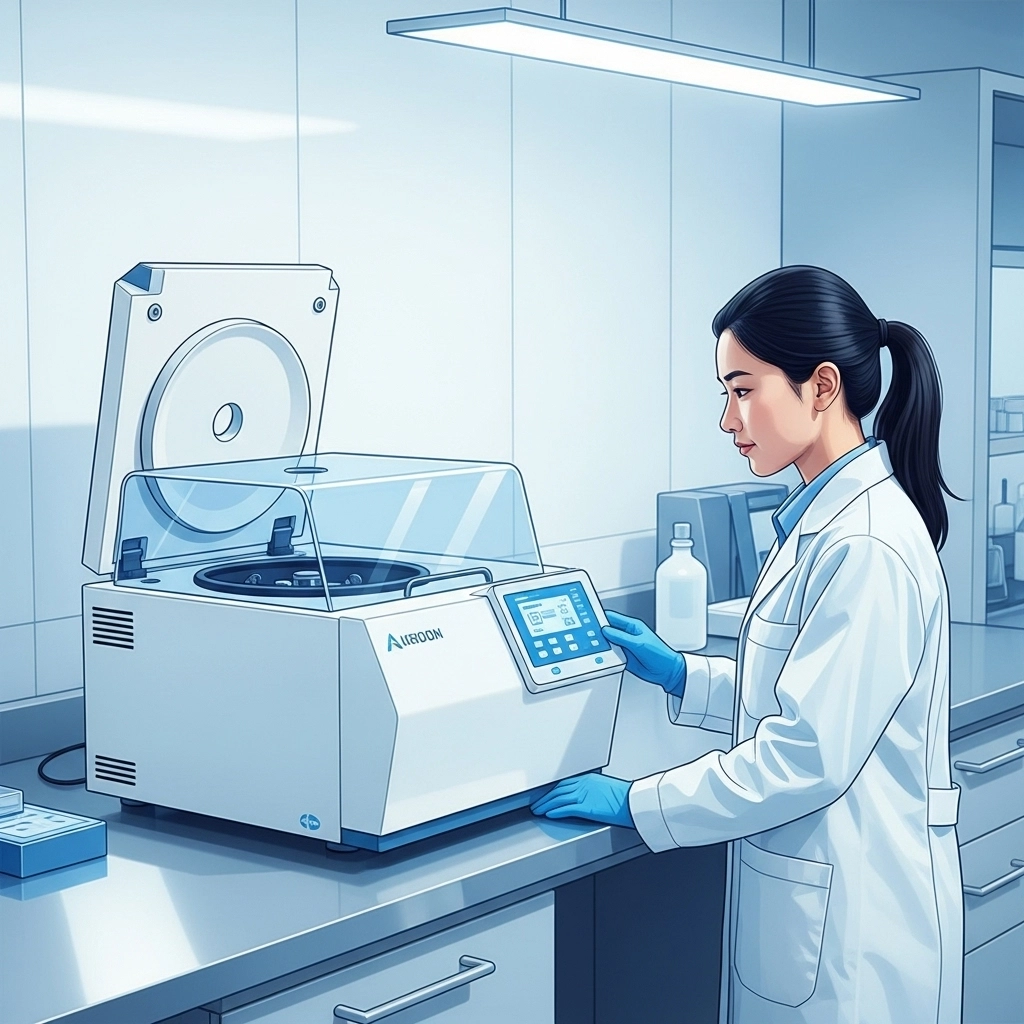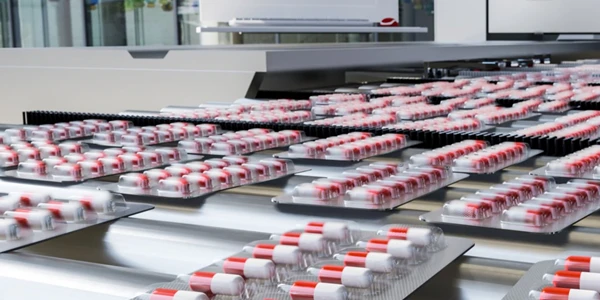Modern Centrifuge Technology: Features, Benefits, and Buying Guide

ImageFX (2025)
Centrifuges are the unsung heroes of modern laboratories. From cell culture isolation to ultrahigh-speed separations, these devices drive many critical workflows. As centrifuge technologies evolve, laboratories benefit from smarter, safer, and more precise instruments. In this guide, we explore the fundamentals of centrifugation, the latest advancements in centrifuge features, and how to select the right model for your lab needs.
What is Centrifugation? Understanding the Science Behind the Spin
Centrifugation is a process that uses centrifugal force to separate components of a mixture based on size, shape, and density.
How it Works:
Larger and denser particles move outward more quickly when subjected to centrifugal force.
This force is much greater than gravity and is generated by the rapid spinning of a rotor within a centrifuge.
Speed is expressed in RPM (revolutions per minute), while force is measured as RCF (relative centrifugal force or g-force).
Key Equation: RCF = 1.118 x 10^-5 x r x (RPM)^2
Where:
r = rotor radius in centimeters
RPM = revolutions per minute
Anatomy of a Modern Centrifuge: Parts and Their Functions
Understanding centrifuge components can help optimize performance and ensure safe operation:
| Component | Description |
|---|---|
| Housing | Contains motor, electronics, and insulation (refrigerated or ventilated) |
| Drum | Barrier separating spinning rotor from outer housing |
| Rotor | Holds sample containers such as tubes or bottles; may feature swinging buckets or fixed angles |
| Spindle & Motor | Drives the rotor’s rotation and requires careful sample balancing to avoid wear |
| Lid & Lock | Secures the rotor and prevents spillage or imbalance during operation |
Advanced models may include interchangeable rotors, touchscreen control panels, and embedded safety sensors.
Types of Laboratory Centrifuges: Which One Fits Your Workflow?
Benchtop Centrifuges
Compact and efficient, ideal for cell separation, pelleting, and sample prep
Capacity: 1 to 3+ Liters
Rotor options: Swinging buckets, round inserts (5 to 50 mL), plate holders
Floor Centrifuges
High-capacity with similar function to benchtop models
Saves bench space; perfect for dedicated equipment rooms
Offers enhanced stability and advanced cooling systems
High-Speed & Ultracentrifuges
Reach forces of 100,000 x g or more
Suited for advanced separations, method development, and large-scale prep
Often includes sophisticated rotor recognition and imbalance detection
Microcentrifuges (Microfuges)
Designed for small-volume tubes (<2.0 mL)
Essential for quick spins and nucleic acid prep
G-force range: 10,000 to 16,000 x g
Smart Features That Define Next-Gen Centrifuges
Modern centrifuges incorporate innovations to streamline lab operations:
Digital Controls: Keypads or touchscreens for easy setup
Rotor Recognition: Prevents overspeed and ensures correct pairing
Programmable Protocols: Save and reuse spin methods for consistency
Diagnostics: Real-time alerts for imbalance or maintenance
Integrated Logs: Record operator usage, rotor history, and service intervals
Cooling Options:
| Model Type | Feature | Benefit |
| Ventilated | Maximizes air flow | Prevents overheating in long runs |
| Refrigerated | Eco-friendly refrigerants | Maintains low temps for heat-sensitive samples |
Centrifuge Safety and Training Resources
As usage grows, so does the need for user education and safety:
Vendor Training Programs: From beginner tutorials to advanced SOPs
Onboard Diagnostics: Reduce misuse and prevent wear
Online Maintenance Guides: Help troubleshoot common issues
Balanced loading, proper rotor handling, and scheduled maintenance are essential for maximizing lifespan and minimizing errors.
Smarter Centrifuges, Better Labs
Centrifuge technologies have evolved into precise, intelligent tools that boost efficiency and reliability. Whether you need a compact benchtop model or a high-speed ultracentrifuge, modern features ensure safer, smarter workflows.
Looking to upgrade your lab's centrifuge? See our guide on the best centrifuge for your needs!
Explore our full catalog of centrifuge instruments, rotors, and accessories on LabX
Frequently Asked Questions (FAQ)
What is the difference between RPM and RCF in centrifugation?
RPM measures rotor speed, while RCF (g-force) measures the force applied to samples. RCF is more accurate for comparing centrifuge performance.
Which centrifuge is best for small-volume samples?
Microcentrifuges are ideal for handling microtubes under 2 mL, common in DNA, RNA, and protein prep.
How do I know if I need a refrigerated centrifuge?
If you're spinning temperature-sensitive samples (e.g., enzymes, blood), choose a refrigerated model for better preservation.
What safety features should I look for in a new centrifuge?
Look for imbalance detection, auto shut-off, rotor recognition, and digital diagnostics to prevent damage and injury.










